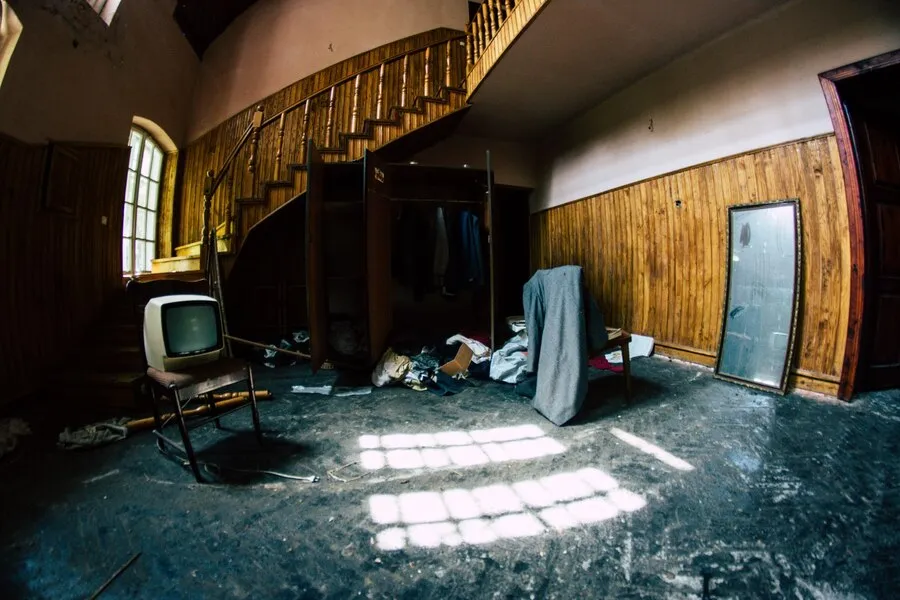Key Takeaways:
- Understanding the risks and immediate steps to take following a basement flood.
- Methods for water removal and moisture control.
- The importance of mold prevention and remediation post-flooding.
- Recognizing when to call in professionals for basement cleanup.
Initial Steps to Mitigate Basement Flood Damage
Witnessing your basement submerged underwater can be a profoundly unsettling experience. The crucial first step in such a scenario is ensuring the safety of all occupants. Cut off the power supply to the flooded area using the main fuse box to prevent electrical hazards. If the flooding results from a natural disaster or a city-wide issue, heed public safety announcements for guidance. Once it is safe, protective clothing such as rubber boots and gloves should be worn before venturing downstairs. Immediate steps can be taken to address the water damage in the basement.
The Role of Professional Flood Cleanup Services
Expert flood cleanup services are essential for minimizing the effects of water damage, especially in places like Denver, where basement flooding is frequent. After quickly determining the amount of the damage, rapid response teams for basement water damage Denver use specialized equipment to remove water and dry the affected areas. They avoid structural problems and the formation of mold by quickly managing moisture. In the middle of the confusion caused by flooding, professional services guarantee complete repair, protecting houses and giving inhabitants peace of mind again.
Water Extraction Essentials
The forceful nature of water means that every moment it remains standing in your basement adds to the damage sustained. Extracting the water is thus a race against time. Homeowners can undertake small-scale water removal with buckets or wet-dry vacuums, but this labor-intensive work is just the beginning of a dry-out process. For voluminous water presence, renting or investing in a powerful submersible pump becomes a necessity; the rapid removal of water limits its destructive potential. A meticulous drying phase follows, with the strategic placement of industrial fans and dehumidifiers to wick away lingering dampness. Ensuring that humidity levels are reduced to standard levels precludes the breeding grounds for molds and bacteria, safeguarding against follow-on health hazards.
Mold Prevention Following Water Damage
Beyond the immediate cosmetic blemishes and destruction, water in the basement heralds the threat of mold. This unsightly and potentially toxic organism can increase rapidly in damp conditions. The key to thwarting mold development lies in quick and thorough drying. Tools such as dehumidifiers and fans are crucial in this fight, decisively removing moisture from the air and all wet items. Surfaces made of non-porous materials can be readily cleansed with soap and water; however, more porous materials, like carpeting, require a deeper evaluation for potential mold infestations.
Also Read: Unlocking Assurance: The Benefits of Hiring Home Inspection Jobs
Deep Cleaning and Sanitization Process
When the water has been effectively expelled from your basement, it’s time for an in-depth clean. This process usually includes tidying up debris and mud and requires attention to potential contamination. Floodwaters can carry bacteria and viruses, turning your basement into a hotbed for pathogens and threatening the well-being of your home’s occupants. It is essential, therefore, to sanitize all contact surfaces exhaustively. Robust cleaning agents designed to combat the biohazards often in flood waters are vital. Employing the proper disinfectants ensures that not only does your basement look clean, but it is also a safe environment post-recovery.
Reconstruction and Restoration
After successfully preventing water damage and mold, it is time to begin reconstruction. A thorough damage evaluation is necessary to determine whether simple repairs or a complete overhaul is required. Swollen drywall panels often need to be replaced, but water damage can also affect foundational elements, posing a significant structural threat. As a result, expert help is necessary to ensure safety and stability. The restoration process also presents an opportunity to enhance basement waterproofing or redesign the area to suit your lifestyle better.

